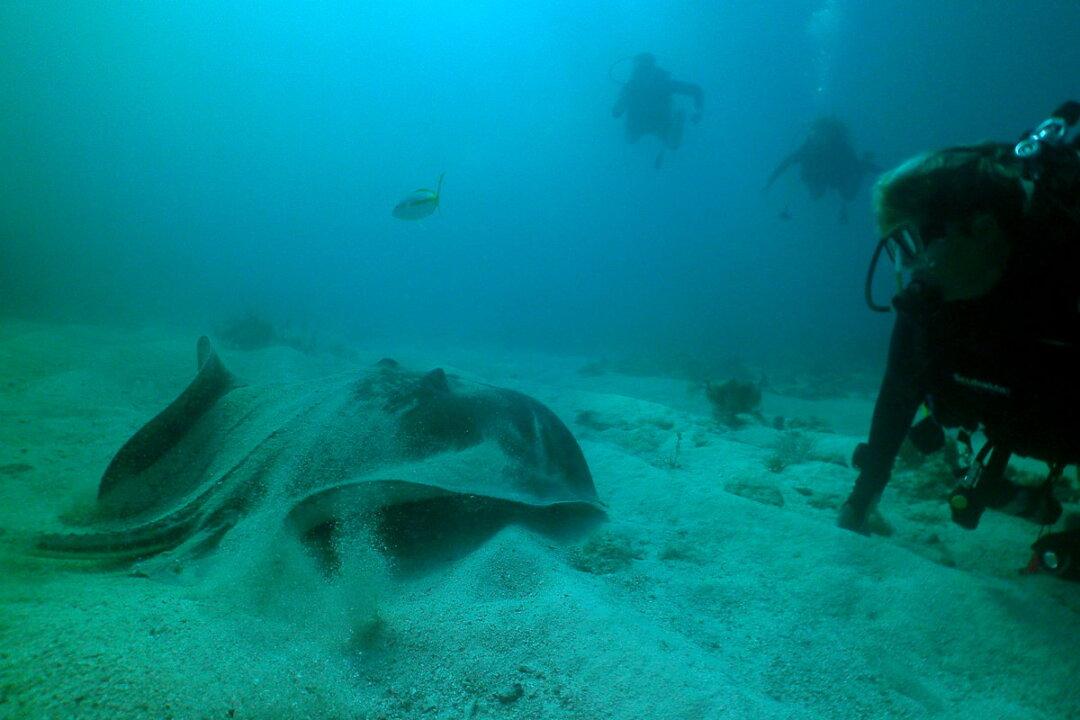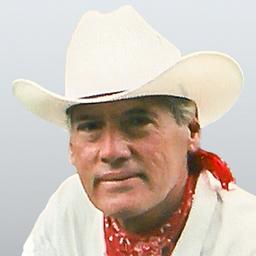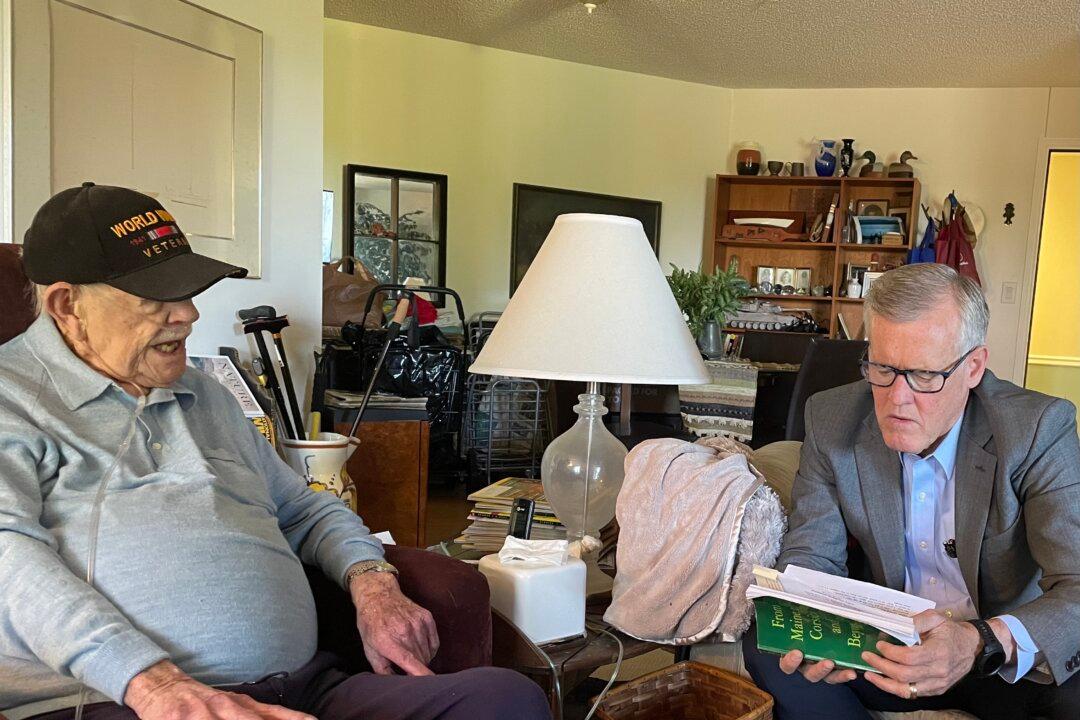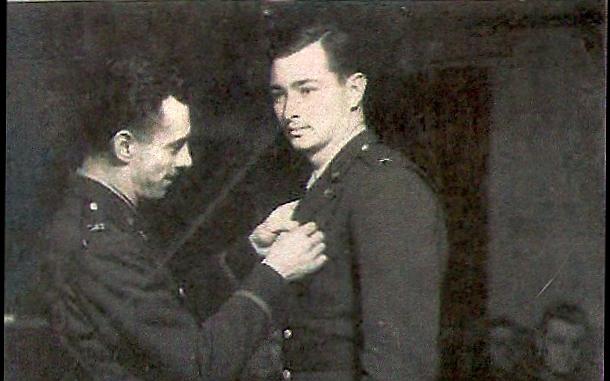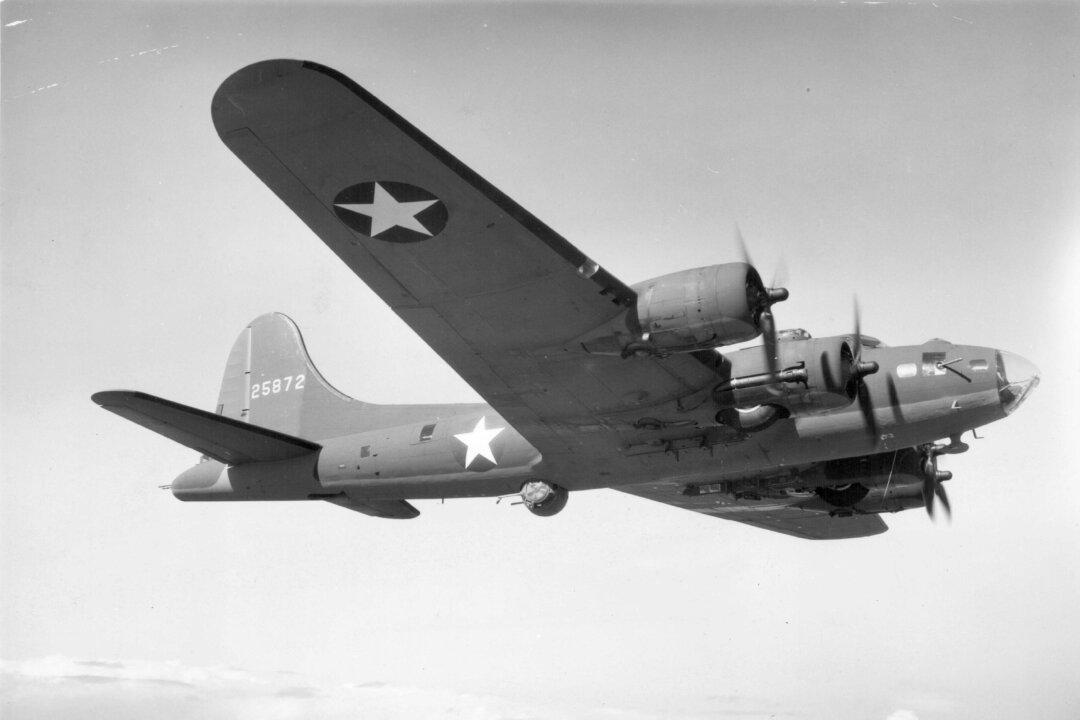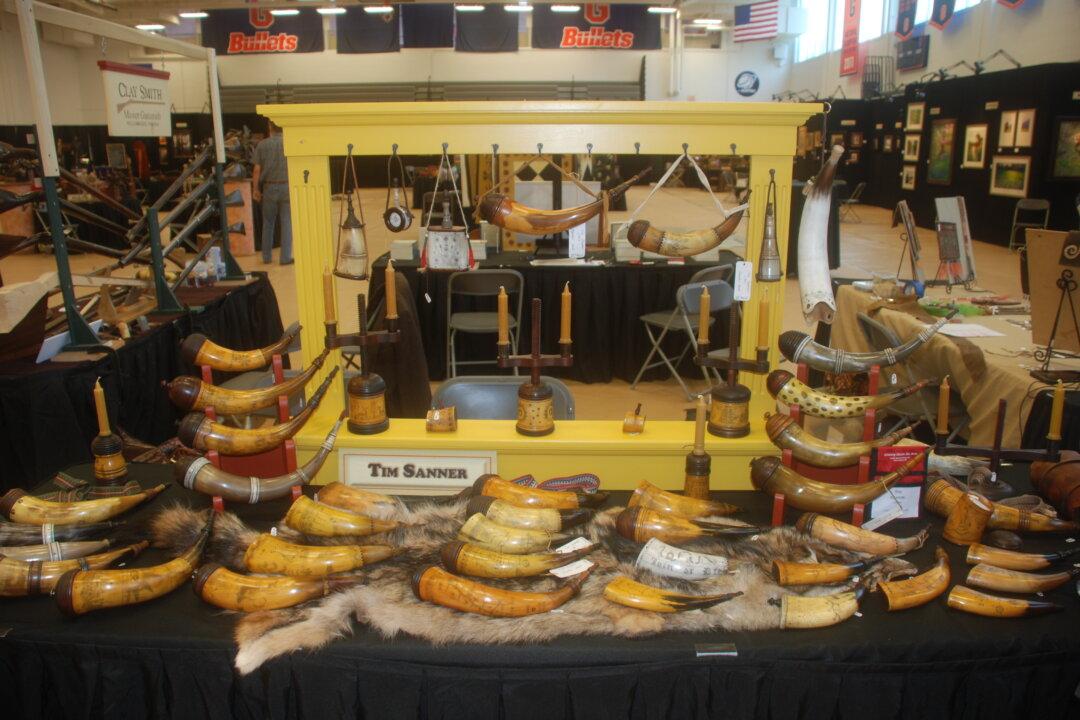An overseas highway, U.S. 1, island hops in the Florida Keys. I followed it and found the Florida of my childhood.
I lay back in a hammock and watched the stars in the cloudless, tropical sky. A cool breeze blew in from the Atlantic Ocean. Waves slapped against coquina rocks. I thought of how I used to swim, snorkel, dive, and walk the beaches looking for treasures. The rarest treasures of all were the hand-blown Portuguese glass fishing net floats. Those are no more.
We live in the age of plastic—plastic floats, plastic dive instructors, plastic experiences but mimicking the genuine traditions.

The Flagler Railroad caboose in Islamorada. John Christopher Fine, Copyright 2016

